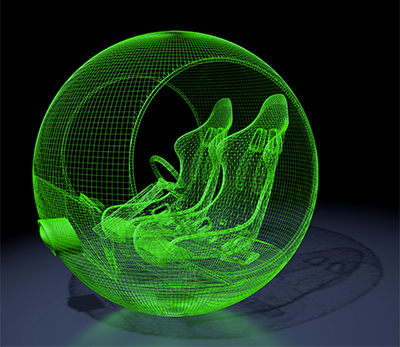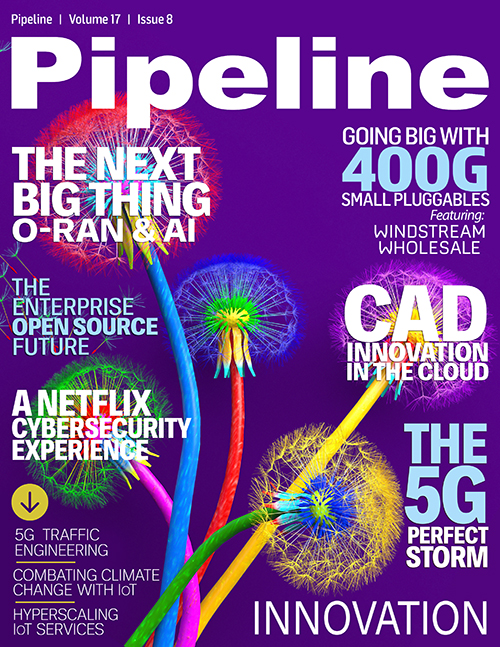Accelerating Innovation with Cloud CAD Collaboration
By: Jon Hirschtick

Take a quick look around your home. Nearly every object in your field of vision, from the ballpoint pen on your desk to the car in your garage (and even the garage door opener) first existed as a digital 3D model. Computer-aided design (CAD) software is the invisible backbone of the economy, shaping nearly every manufactured object on earth.
One of the most disruptive innovations in the product development world happened in the early 1990s, when CAD technology evolved from simple wireframe and 2D drafting to 3D solid modeling.
At the same time, the computing platform migrated from mainframes and proprietary terminals to UNIX workstations and Windows PCs. Allowing engineers to work on desktop personal computers was revolutionary, making CAD newly accessible to millions of engineers whose companies previously could not afford the technology. In the early days, one CAD seat cost hundreds of thousands of dollars, as it was sold as a “turnkey system” including the software, the hardware, and even the desk and chair. The concept of installing software on the computer of your choice didn’t exist.
Surprisingly, it took another three decades before there was another seismic change in the CAD world: the recent migration of product development tools to cloud software-as-a-service (SaaS) and mobile platforms. Cloud SaaS platforms allow multiple engineers to simultaneously collaborate in real time on product designs, enable the freedom to work from anywhere in the world on any computer or mobile device (iOS and Android), and completely eliminate all the traditional CAD overhead of installations, upgrades, service packs, servers, and special hardware.
But before we explore how cloud SaaS platforms eliminate delays in product development, it is important to understand why installed on-premise CAD systems significantly slow down the design process.
Legacy software blocks collaboration
Collaboration is at the heart of all product innovation—and product development is the ultimate team sport. More talented people (across all departments) contributing ideas leads to more design iterations, which result in more incremental innovation. In today’s hyper-agile economy, the pressure to innovate never ends, and some companies even view their flagship products as works-in-progress. Tesla Motors, for example, continually releases incremental software updates every 30 to 60 days with new driving features and improvements.Legacy file-based CAD systems, which are tied to individual computers and licenses, were meant for the era when the vast majority of products were designed and manufactured in one location. This was a time when engineering colleagues could lean over each other’s shoulders or walk down the hall to discuss a design. Today, it is far more common than not for design and manufacturing teams to be spread between offices in multiple locations across the country or around the world. The Boeing 787 Dreamliner aircraft, for example, involved collaboration between 17 design teams in 10 countries.
Product development companies today face collaboration challenges in three main categories. The first is the core design team and is about empowering individual users (designers and engineers) to work more productively together. These core users require the tools to better share ideas and iterate on designs to improve product innovation.
The second is the extended internal team and concerns how to connect and improve collaboration between the core design team and an array of internal company stakeholders. This extended internal team may include executives, operations, and manufacturing team members who provide crucial input and approvals.



















